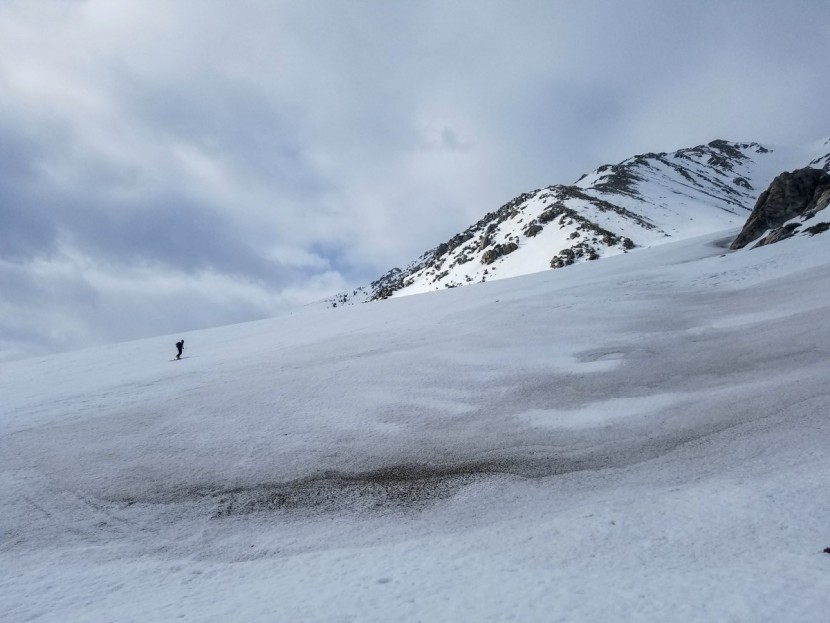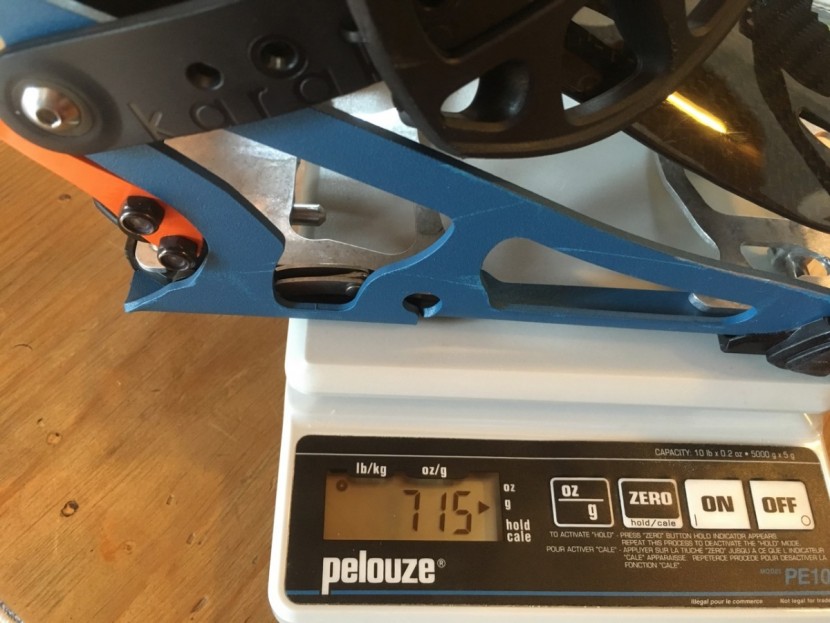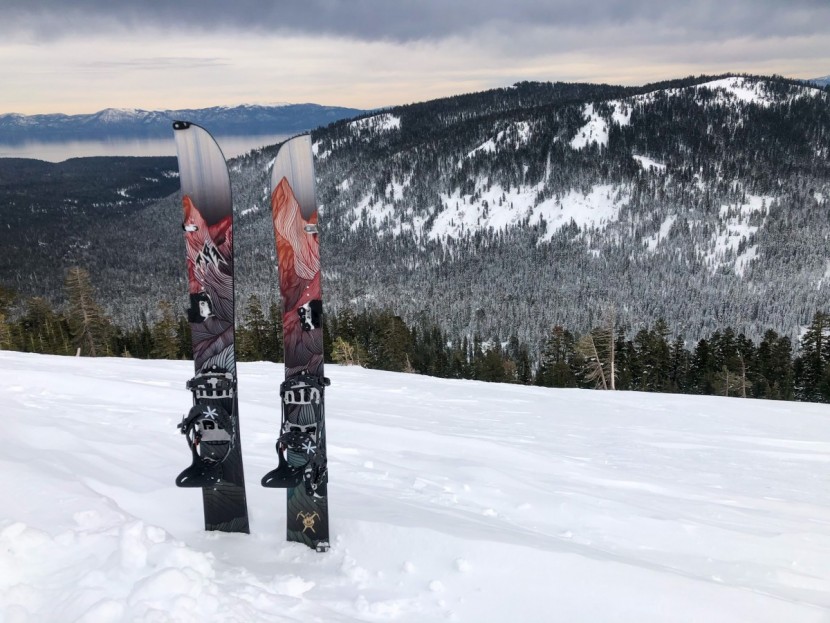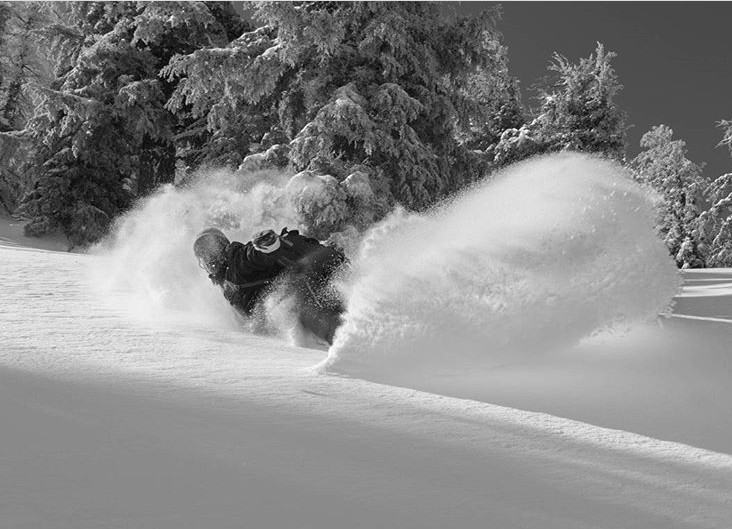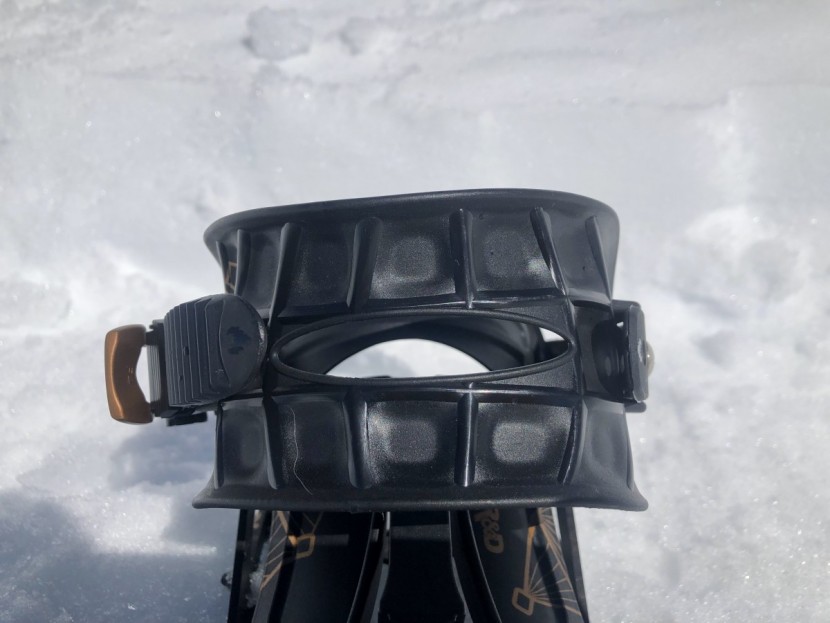Before we could begin testing, we had to vet the market for the highest-quality products. We researched 25 different splitboard bindings and then purchased all the best models to test side-by-side. We sidehilled, climbed, transitioned, and descended to rank each product on key metrics like uphill performance, weight, transitions, downhill performance, and the quality of the straps and risers.
Uphill Performance
We broke down the critical parts of our climbing experience to rate each binding. These components include quality of stride, sidehilling ability, range of motion, and comfort.
Weight
As tools for climbing, weight is a large part of a bindings design and merit. It's also our most objective measurement. We weighed one binding and then the entire setup on our scale. Field weight factors in everything you need to tour.
Transitions
To assess the quality of transitions, we transitioned a lot in various settings and weather conditions. It's easy to transition in your house but is a whole other story with 40mph winds near the summit of Mt. Shasta. We analyzed the number of steps, speed, ease of use, and resistance to icing.
Downhill Performance
We carefully observed how the bindings felt in all conditions. We paid special attention in firm and steep conditions, which provided the most opportunity for feedback.
Straps, Lean, Risers
We toggled, buckled, and flipped each one of the features to evaluate which was the most efficient, user-friendly, and effective.
The Why
Ultimately, we hope our results and review can help you find the splitboard binding that fits your needs. Then, you can reap the benefits and the incredible moments that backcountry snowboarding has to offer. Enjoy.

